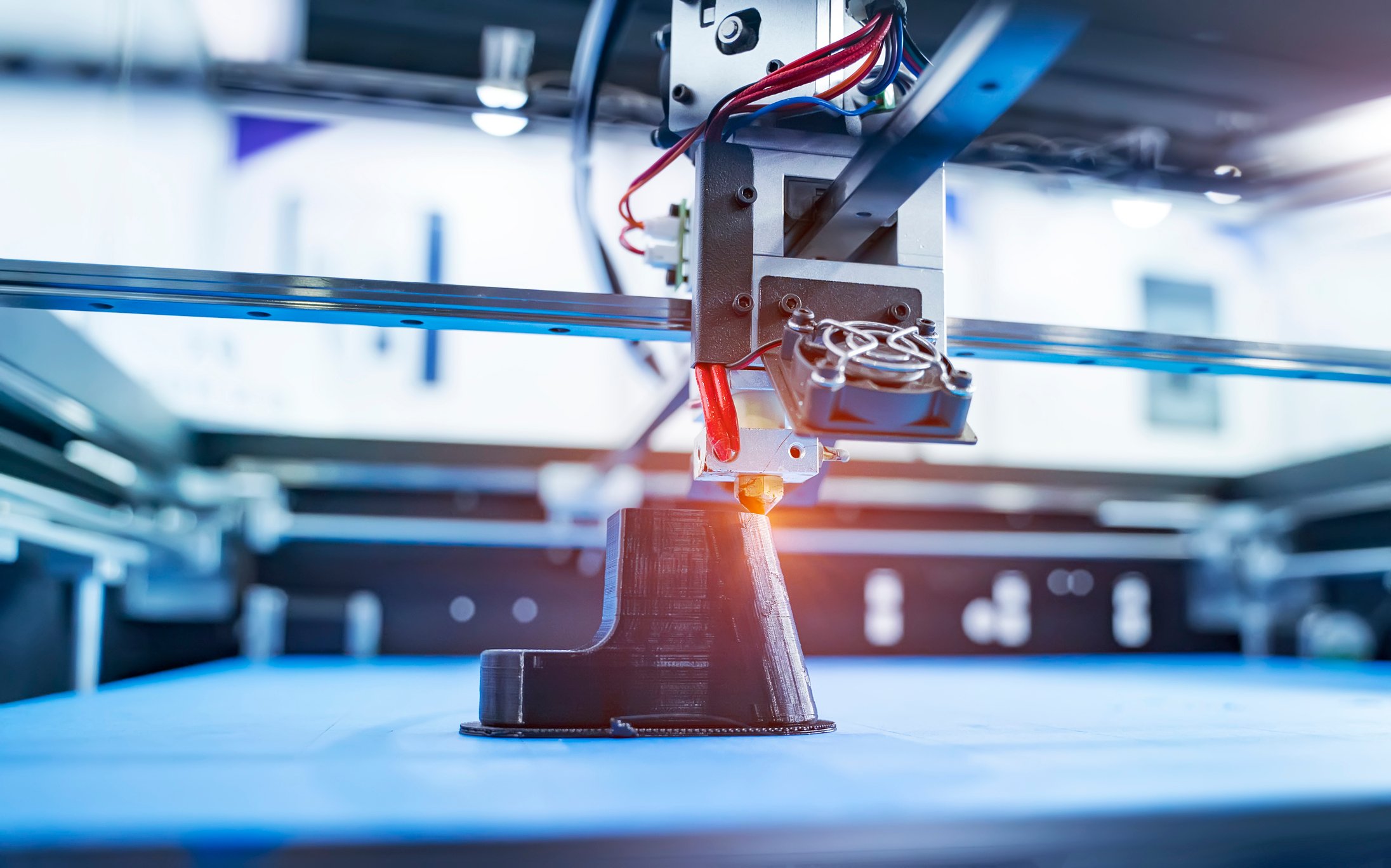In recent years, 3D printing has emerged as a groundbreaking technology with the potential to revolutionize various industries. However, beneath its innovative facade lies a less-discussed aspect – the sustainability of 3D printing. In this blog post, we will delve into the reasons why 3D printing is not sustainable, exploring its environmental impact, resource consumption, and potential solutions.
- Energy Consumption:
One of the primary concerns regarding 3D printing is its significant energy consumption. The process involves melting materials, often plastics, at high temperatures, which demands substantial energy inputs. Additionally, the operation of 3D printers and their associated equipment consumes electricity continuously. This energy-intensive nature of 3D printing raises questions about its long-term sustainability, especially considering the increasing global demand for energy and the associated carbon emissions. - Material Waste:
While 3D printing offers the advantage of producing complex shapes with minimal material waste during the manufacturing process, it still generates significant waste in other ways. Failed prints, support structures, and post-processing residues contribute to the overall material waste. Moreover, the majority of 3D printers utilize plastic filaments, which are derived from fossil fuels and are non-biodegradable. The accumulation of plastic waste poses a severe threat to the environment, as it takes hundreds of years to decompose and often ends up in landfills or oceans. - Limited Material Recycling:
Another sustainability challenge lies in the limited ability to recycle 3D printed materials. Unlike traditional manufacturing processes, where materials can be easily recycled and reused, 3D printing materials often undergo chemical changes during the printing process, making them difficult to recycle effectively. This limitation not only increases material waste but also hinders the development of a circular economy within the 3D printing industry. - Lack of Sustainable Materials:
Although efforts are being made to develop sustainable materials for 3D printing, the options remain limited. Most commercially available 3D printing filaments are petroleum-based, exacerbating the reliance on fossil fuels. While some bio-based alternatives exist, they often come with their own set of challenges, such as higher costs, limited availability, and inferior printing properties. The development of sustainable materials that meet both performance and environmental criteria is crucial for the long-term sustainability of 3D printing. - Potential Solutions:
To address the sustainability concerns surrounding 3D printing, several potential solutions can be explored. These include:
a) Energy-efficient printing technologies: Research and development efforts should focus on improving the energy efficiency of 3D printers, optimizing heating and cooling processes, and exploring alternative energy sources.
b) Material recycling and closed-loop systems: Innovations in material recycling technologies can enable the recovery and reuse of 3D printed materials, reducing waste and promoting a circular economy.
c) Sustainable material development: Collaborative efforts between material scientists, manufacturers, and researchers should aim to develop sustainable and biodegradable materials suitable for 3D printing, reducing the reliance on fossil fuels.
Conclusion:
While 3D printing offers immense potential for innovation and customization, its sustainability remains a pressing concern. The energy-intensive nature, material waste, limited recycling capabilities, and reliance on non-sustainable materials all contribute to its unsustainability. However, by addressing these challenges through technological advancements and sustainable material development, we can pave the way for a more sustainable future for 3D printing, ensuring its long-term viability in a resource-constrained world.


